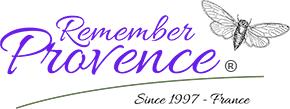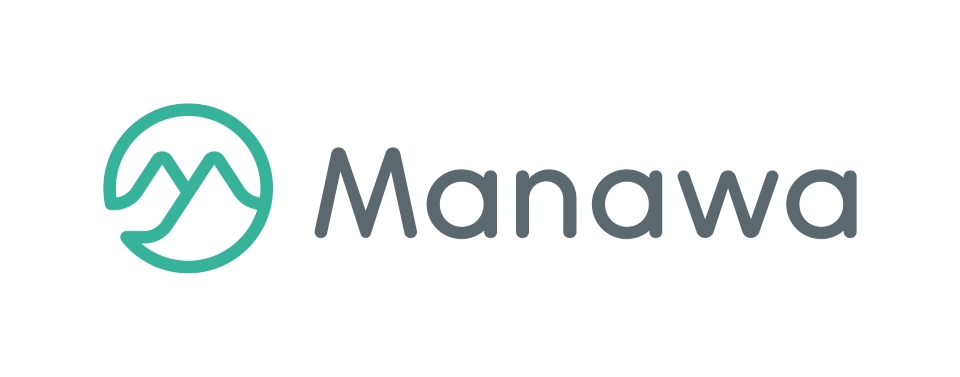It’s with great pleasure that I introduce this week’s guest post by Sue Aitken. Sue was kind enough to participate in the My Provence series and also gave us many a fabulous tip on how to live la belle vie in the picturesque village of Sanary-sur-Mer. Today she shares with us one of her many passions – the history behind those beautiful provençal fabrics and tablecloths we all covet…and sometimes try to stuff in our suitcases in hopes of bringing a bit of Provence back home (you know who you are). Merci bien Sue!

When people say French tablecloths, they often mean provençal tablecloths, and so I thought I’d pull together a bit of background on how Provence became known for its tablecloths, and the different styles of tablecloths that are available.
First, a bit of history…Provençal fabrics – or indiennes – were first produced throughout France during the seventeenth century using the same methods and designs of imported fabrics from India. In 1686 the Royalty stopped the importation of the Indian fabric but, because Provence was not on royal land, production continued here and grew over the next two hundred years, with factories in Orange, Avignon, Tarascon and Aix.
These fabrics, which were originally used as women’s shawls, are now mostly used for interior decoration, and are brilliantly multi-coloured prints in kaleidoscopic floral and geometric patterns. Originally the dyes were obtained from natural materials and each colour in a design was applied with separate woodblock impressions.

There are a number of companies based in Provence that continue the tradition of fabric making and produce good quality provençal table linen – tablecloths, cotton placemats and bread baskets. But beware of imitations – there are products out there that are made elsewhere in France, and even in China! So if you’re shopping for table linen at a market, and the prices seem really cheap, it’s more than likely that the fabric is a cheap import.
The first provençal fabric brand to be widely known was Souleiado, created in 1939, and which has stores all across France and around the world, but is very pricey. Other well known brands include Les Olivades and Valdrôme whose prices are almost as high as Souleiado. The table linen available on the Boutique Provençale website is from two main suppliers: Les Indiennes de Nîmes and Ensoleillade – both companies are based in Provence and create attractive provençal tablecloths in authentic patterns.
There tend to be three different types of provençal tablecloths. Firstly, what the French call “allover” – which involves a small pattern repeated across the tablecloth. This can be the omnipresent “cigale” or cicada that is traditionally used decoratively on pottery and glassware in Provence. Or it can be olives, lemons or a simple geometric design. The second style of provençal tablecloth is a linear pattern. The overall effect is slightly striped. Different patterns in contrasting colours are seen side by side along the length of the tablecloth. The effect is very striking and can transform a kitchen, instantly bringing the warm colours of Provence into the home. “Allover” and linear tablecloths usually come in coated and uncoated versions. Now – for the uninitiated – a word about coated tablecloths. These are a fabulous invention – the cotton fabric is treated with a Teflon or acrylic coating which makes the tablecloth stain repellent. It’s like magic – the spillage simply wipes off. This makes this type of provençal tablecloth absolutely ideal for high traffic areas such as the kitchen. The great thing about this coating is that although there is a light sheen to the tablecloth, because the tablecloth itself is made of cotton (and not plastic or oilcloth) the tablecloth drapes properly at the corners and it doesn’t stick out at awkward angles.
The most expensive type of provençal tablecloth is bordered – and actually my favourite, although these don’t usually come in coated versions. The central section of the tablecloth has an “allover” pattern, but a contrasting border is sewn around the outer section of the tablecloth, creating a very attractive effect around the edge. We have a number of different styles of bordered provençal tablecloths on the website, but I think my favourites are those from Les Indiennes de Nîmes – gloriously colourful, very high quality and using authentic patterns recreated from the original “Indiennes” of the seventeenth century.
To my mind, the great thing about provençal tablecloths is that they brighten up any room and keep you cheerful, long after you’ve returned home from your holiday in Provence.

The best shop by far that I’ve come across in Provence for tablecloths is La Victoire in Aix en Provence. They have a great range of designs from several different companies, and you can also buy the fabric by the metre. But if you’re not going to be in Provence soon, and you want to inject some southern French sunshine into your decor, we have a good range of provençal tablecloths on the website – round and rectangular, coated or uncoated – take your pick.

A heartfelt thank you to Sue (who is my go-to gal for all things pretty and bright in the world of provençal decoration) for this very informative post!
*photos provided by Sue Aitken, all rights reserved.





Leave a comment